Regarding this issue, Article 138 of the 2015 Civil Code stipulates: Individuals and legal entities may authorize other individuals and legal entities to establish and perform civil transactions.
Paying traffic fines and retrieving seized vehicles is a normal civil transaction, so violators can completely authorize another person to carry out the procedures for paying fines and retrieving seized vehicles.
When making a power of attorney, it must have the confirmation stamp of the People's Committee of the commune where the person resides or the confirmation of a notary organization. The power of attorney must clearly state the citizen identification number of the person authorizing and the person receiving the power of attorney.
When carrying out procedures to pay traffic violation fines or retrieve impounded vehicles in case of authorization, the authorized person needs to prepare the following documents:
The authorization paper to pay traffic violation fines must have the confirmation stamp of the local authority where the authorized person resides or must be notarized according to the provisions of law.
Traffic violation penalty record; Certified copy of the violator's ID card; Original ID card of the authorized person.
Also according to Clause 1, Article 20 of Decree 118/2021/ND-CP, individuals and organizations that violate the law shall pay fines in one of the following forms:
Pay cash directly at the State Treasury or at the commercial bank where the State Treasury opens an account as stated in the penalty decision.
Transfer to the State Treasury account stated in the penalty decision via the National Public Service Portal or electronic payment service of the bank or payment intermediary service provider.
Pay administrative fines for road traffic violations to the State Treasury as prescribed in Points a, b and c, Clause 1 of this Article or through the public postal service.
Regarding the procedure for paying administrative fines, Clause 2, Article 20 of Decree 118/2021 stipulates:
In case the penalty decision only applies the form of fine and the penalized individual does not reside or the penalized organization does not have its headquarters at the place where the violation occurred, then upon the request of the penalized individual or organization, the competent person shall decide to pay the fine in the form of fine payment prescribed in Point b, Clause 1 of this Article and send the penalty decision to the violating individual or organization by post in the form of guarantee within 02 working days from the date of issuance of the penalty decision.
Individuals and organizations being fined must pay the fine into the State Treasury account stated in the penalty decision within the time limit specified in Clause 1, Article 73 of the Law on Handling of Administrative Violations.
Within 5 working days from the date the fine is paid directly into the State Treasury account or indirectly through the public postal service, the person temporarily holding the documents to ensure the sanction as prescribed in Clause 6, Article 125 of the Law on Handling of Administrative Violations must return the temporarily held documents to the sanctioned individual or organization by post in the form of a guarantee in case of direct payment or by public postal service in case of indirect payment. The cost of sending the sanctioning decision and the cost of returning the documents shall be paid by the sanctioned individual or organization.
Individuals and organizations that are penalized for traffic violations can directly receive back their temporarily seized documents or through their legal representatives or authorized representatives.
The return of seized exhibits and means must have a written return decision from the person with authority to issue the detention decision.
Regarding the return of vehicles violating traffic laws, according to Article 9 of Circular 47/2014, when returning seized exhibits and vehicles, the person assigned to manage and preserve exhibits and vehicles shall carry out the following procedures:
Check the return decision; check the identity card and other relevant documents of the recipient.
The person who comes to receive the seized property or means must be the violator whose property or means were temporarily seized or the representative of the administrative violation organization as recorded in the decision to temporarily seize the property or means of administrative violation. If the above-mentioned persons authorize another person to receive the seized property or means, they must make a written authorization in accordance with the provisions of law.
Require the person receiving the seized property or vehicle to compare with the temporary detention record to check the name, quantity, characteristics, type, serial number, brand, symbol, origin, year of manufacture, engine number, frame number, capacity (if any), and condition of the seized property or vehicle under the witness of the management officer.
Minh Hoa (t/h)
Source






![[Photo] The 5th Patriotic Emulation Congress of the Central Inspection Commission](https://vphoto.vietnam.vn/thumb/1200x675/vietnam/resource/IMAGE/2025/10/27/1761566862838_ndo_br_1-1858-jpg.webp)

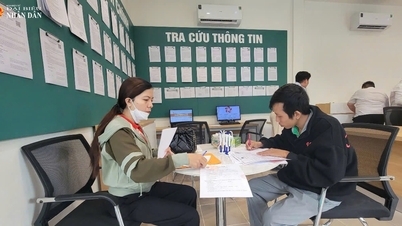

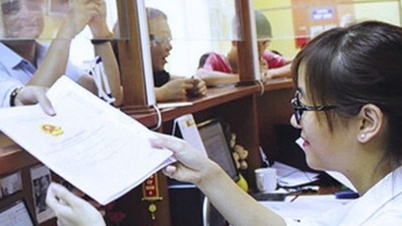

















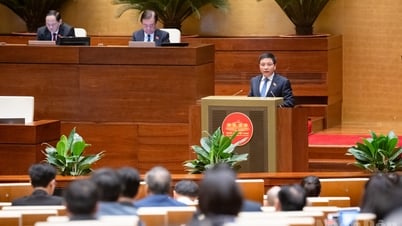
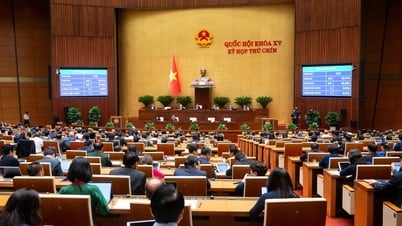








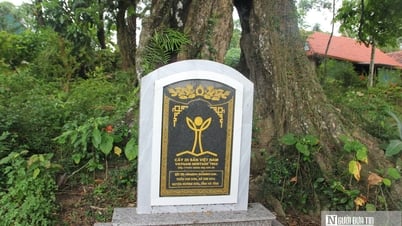
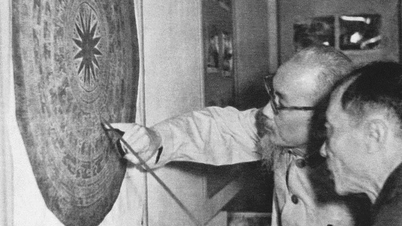
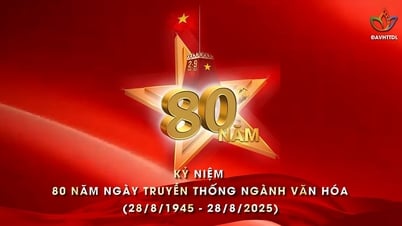

![[Photo] Party Committees of Central Party agencies summarize the implementation of Resolution No. 18-NQ/TW and the direction of the Party Congress](https://vphoto.vietnam.vn/thumb/1200x675/vietnam/resource/IMAGE/2025/10/27/1761545645968_ndo_br_1-jpg.webp)
![[Photo] National Assembly Chairman Tran Thanh Man receives Chairman of the House of Representatives of Uzbekistan Nuriddin Ismoilov](https://vphoto.vietnam.vn/thumb/1200x675/vietnam/resource/IMAGE/2025/10/27/1761542647910_bnd-2610-jpg.webp)






















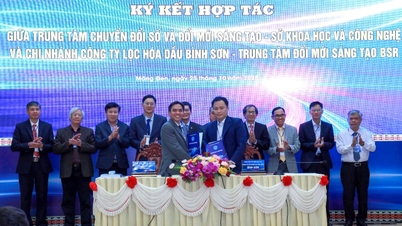
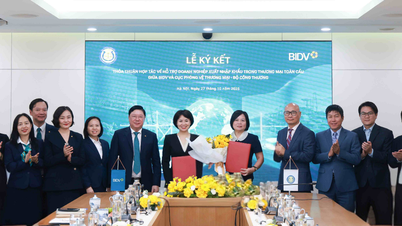







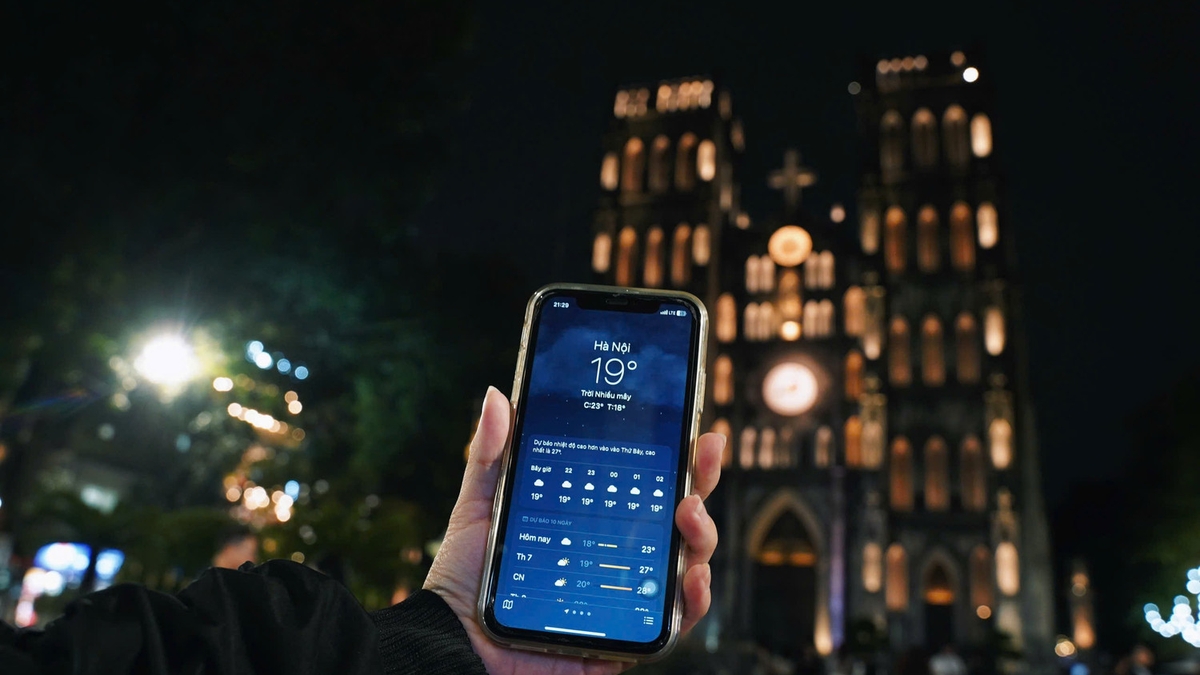







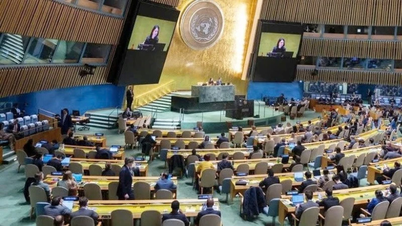




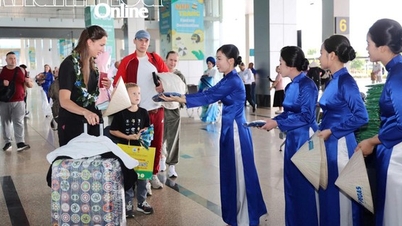

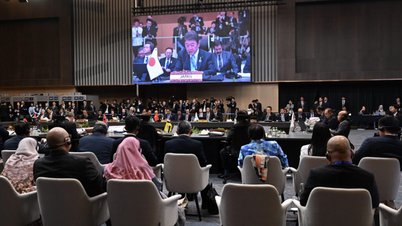



























Comment (0)